Waterproofing Solutions for Building Protection
Waterproofing is essential for protecting structures from water intrusion, preventing damage, and maintaining structural integrity. Proper waterproofing techniques are crucial in residential, commercial, and industrial buildings to ensure longevity and safety. The effectiveness of waterproofing depends on the materials used, application methods, and environmental conditions.
Waterproofing prevents water penetration that can cause mold, rot, and structural weakening. It is vital in areas exposed to moisture, such as basements, roofs, and foundations.
Common methods include liquid membranes, sheet membranes, and cementitious coatings. Each type is suited for specific applications and environmental conditions.
Effective waterproofing extends the lifespan of a structure, reduces maintenance costs, and preserves indoor air quality by preventing mold growth.
Materials such as bitumen, polyurethane, and acrylics are frequently used. Selection depends on the area to be protected and environmental factors.

Applying waterproofing membrane on foundations.

Sealing roof surfaces to prevent leaks.

Protecting basements from water infiltration.
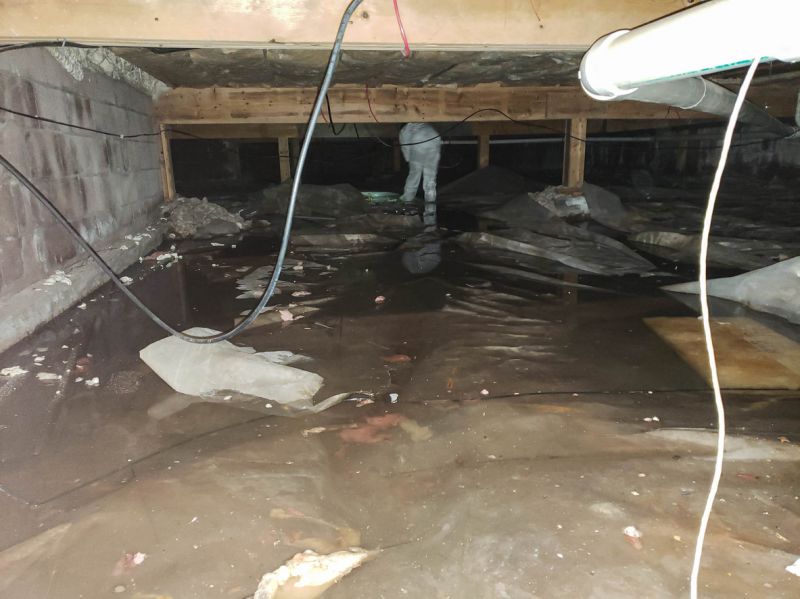
Ways to make Waterproofings work in tight or awkward layouts.

Popular materials for Waterproofings and why they hold up over time.

Simple add-ons that improve Waterproofings without blowing the budget.
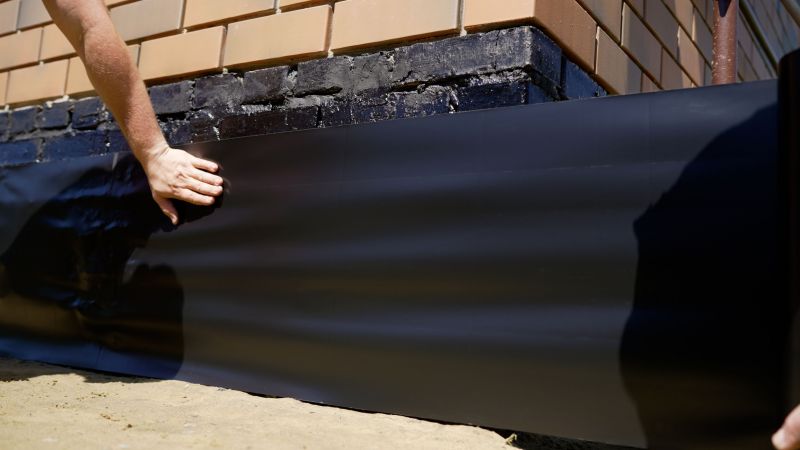
High-end options that actually feel worth it for Waterproofings.

Finishes and colors that play nicely with Waterproofings.
| Optimal Timing for Waterproofing | Details |
|---|---|
| Pre-Construction Phase | Ideal for new builds before structural elements are completed. |
| Dry Season | Best during periods with low rainfall to ensure proper application and curing. |
| Post-Construction Repairs | Suitable after detecting leaks or water intrusion issues. |
| Before Heavy Rainfall | Timing waterproofing before rainy seasons enhances effectiveness. |
| During Building Maintenance | Regular maintenance periods are suitable for reapplication or touch-ups. |
| Spring and Summer | Optimal seasons due to warmer temperatures and lower humidity. |
| Late Fall | Possible, if weather conditions are dry and temperatures are above freezing. |
| Avoid Cold Weather | Waterproofing should not be performed in freezing temperatures to prevent failure. |
Waterproofings are a critical component in building protection strategies. They help prevent water damage that can lead to costly repairs and structural issues. Proper timing and application techniques are essential to maximize the longevity and effectiveness of waterproofing systems. Statistics show that buildings with effective waterproofing can experience a reduction in water-related damages by up to 80%, emphasizing the importance of timely installation.
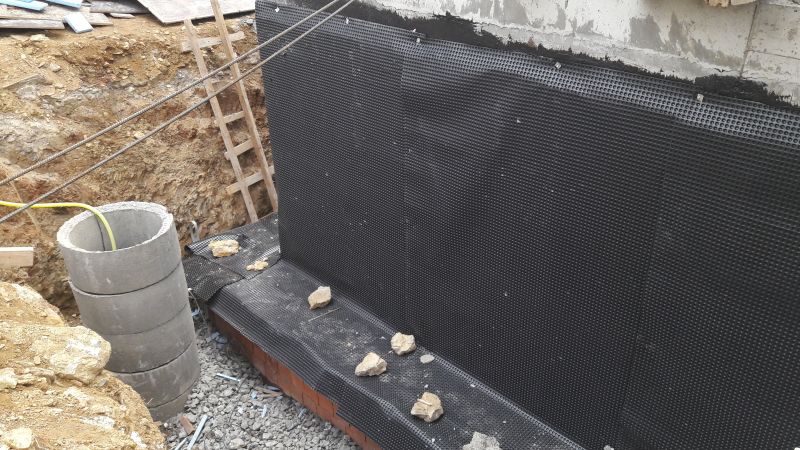
Various materials used for waterproofing applications.
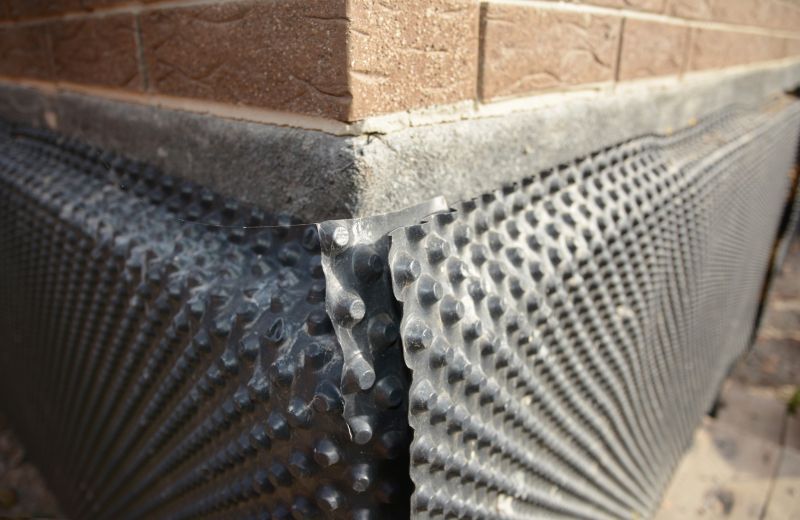
Protecting foundations from water ingress.

Sealing roof joints and surfaces.
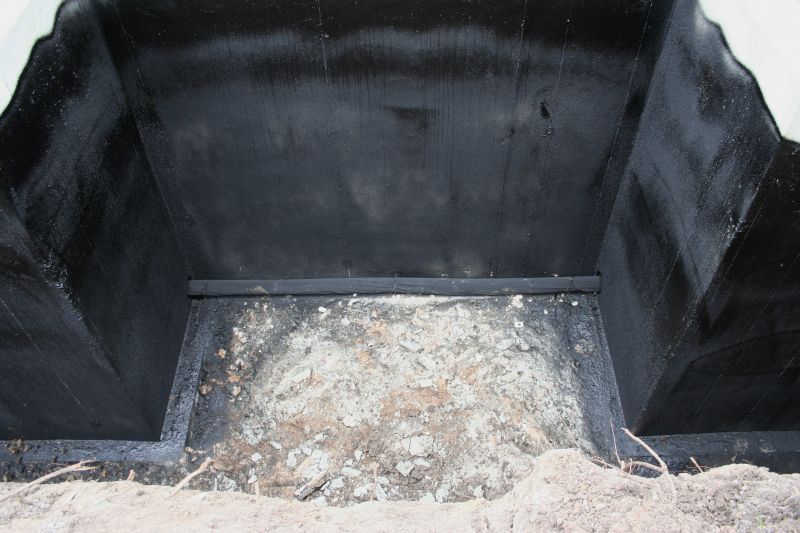
Applying protective coatings in basements.

Little measurements that prevent headaches on Waterproofings day.

A 60-second routine that keeps Waterproofings looking new.
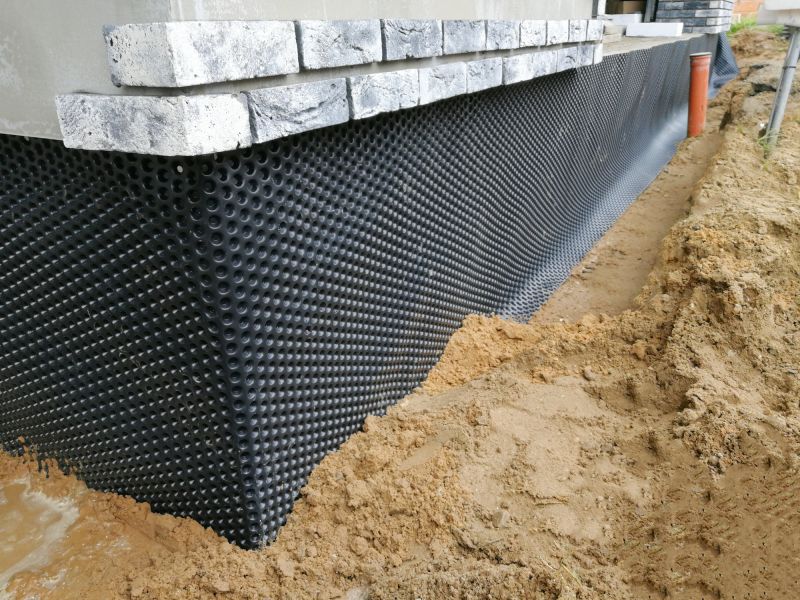
A frequent mistake in Waterproofings and how to dodge it.

Small tweaks to make Waterproofings safer and easier to use.
Choosing the right time for waterproofing depends on environmental conditions, project scope, and specific structural needs. Consulting with waterproofing professionals can help determine the most suitable timing and materials. Properly scheduled waterproofing enhances the durability of structures and reduces long-term maintenance costs.
Interested in waterproofing solutions? Fill out the contact form to get more information.

